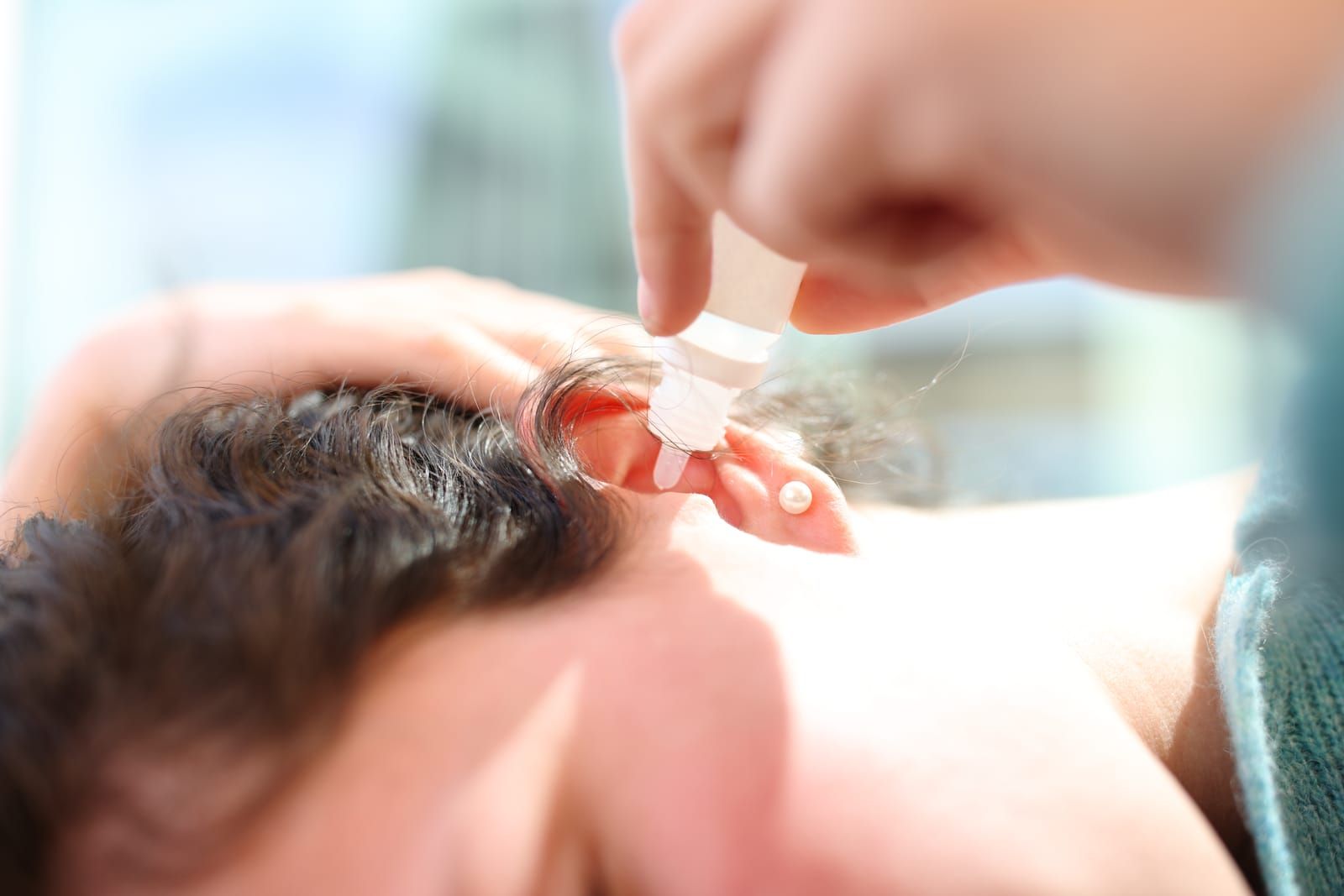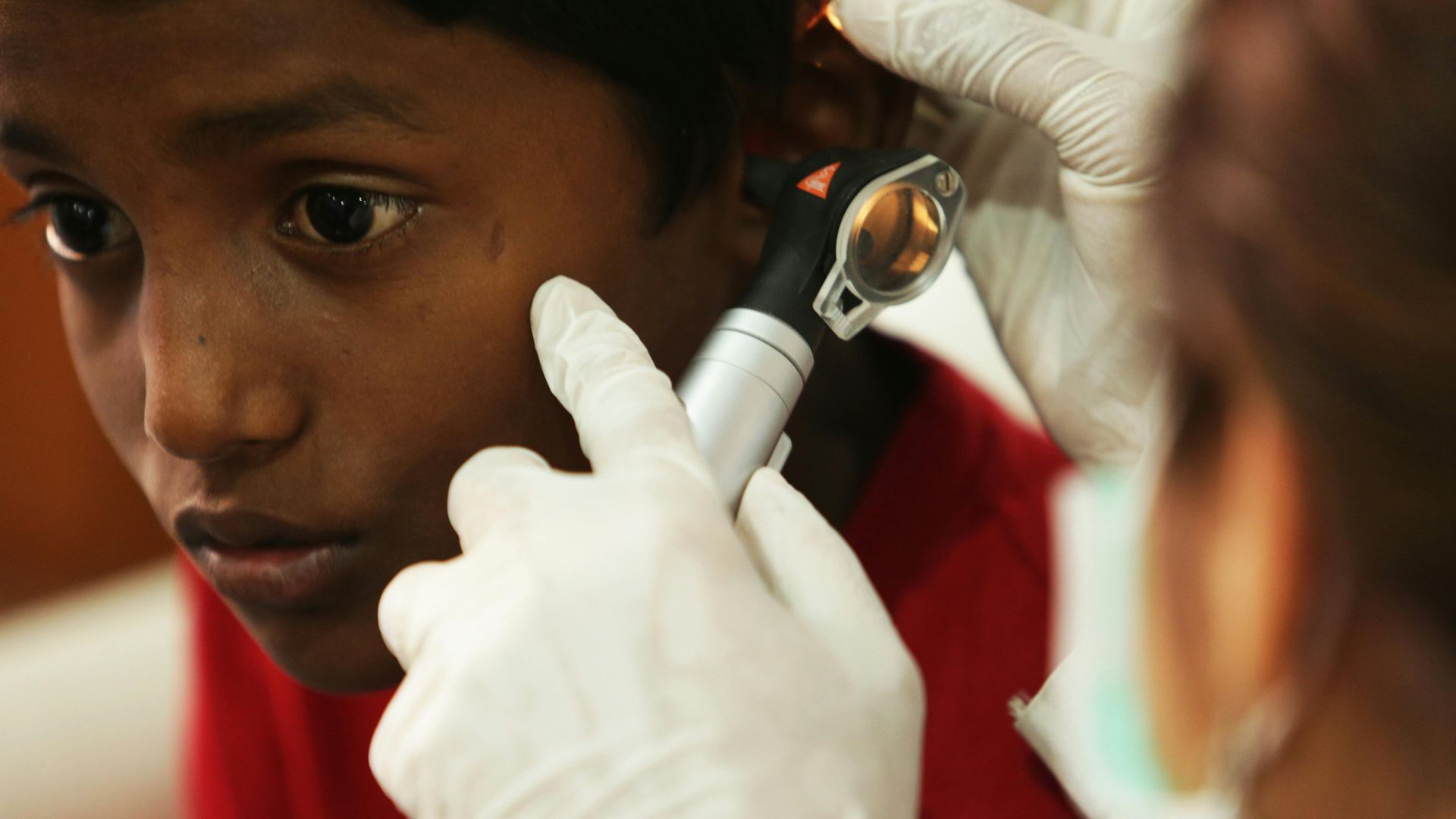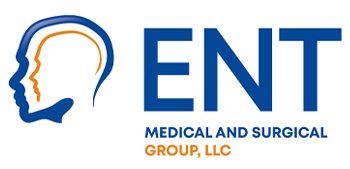How to Tell If You Have a Deviated Septum
Have you ever wondered why one side of your nose feels more blocked than the other, or why you sometimes struggle to breathe through your nose? The answer might be a deviated septum. But what exactly is it, and how can you tell if you have one? Read on to learn.
What Is a Deviated Septum?
Your nasal septum is the thin wall of bone and cartilage that divides your nose into two nostrils. Ideally, it should be straight, allowing air to flow evenly through both sides of your nose. A deviated septum occurs when this wall is shifted or bent to one side, making one nasal passage smaller. This condition is quite common; studies suggest that up to 80% of people have some degree of septal deviation, though not everyone experiences symptoms.
Common Signs and Symptoms of a Deviated Septum
Wondering if your nose might be affected? Here are some signs that could point to a deviated septum:
1. One Nostril is Always Stuffy
- If one side feels blocked or congested year-round (not just during allergies), it could be structural.
2. Frequent Nosebleeds
- A deviated septum dries out the narrower side, increasing bleeding risk.
3. Loud Snoring or Sleep Troubles
- Poor airflow can lead to snoring or even sleep apnea. A 2021 study found that patients with septal deviation was 4.39 times higher than in patients with no septal deviation.
4. Recurring Sinus Infections
- Trapped mucus in the blocked passage breeds bacteria.
5. Whistling Noises When Breathing
- Air squeezing through a narrow passage can create a faint whistle.
6. Facial Pain or Headaches
- Pressure from uneven airflow can trigger frequent headaches.

What Causes a Deviated Septum?
Several factors can contribute to a deviated septum:
- Congenital (Present at Birth): Some people are born with it due to genetic factors.
- Injury or Trauma: A broken nose from sports, accidents, or fights can displace the septum.
- Aging: The nasal structure can shift slightly over time.
A study published in JAMA Facial Plastic Surgery found that about 24% of adults seeking treatment for nasal obstruction had a deviated septum caused by trauma.
Treatment Options for a Deviated Septum
- Medication: Decongestants and nasal sprays may help reduce swelling but do not correct the deviation itself.
- Surgery (Septoplasty): This procedure is recommended when structural problems lead to chronic symptoms that don’t respond to medication or other treatments. Septoplasty straightens the septum, improving airflow and breathing. Studies show that the majority of patients experience significant and lasting relief following this surgery.
Leading Rhinology & Sinus Care in Connecticut
When sinus and nasal conditions affects your daily life, trust Connecticut’s leading rhinology experts at ENT Medical & Surgical Group for accurate diagnosis and effective, lasting relief. Our board-certified ENT physicians specialize in advanced rhinology and sinus care, offering cutting-edge treatments—from minimally invasive balloon sinuplasty to complex sinus surgery—personalized to your unique needs.
Whether you struggle with deviated septum, chronic sinusitis, nasal obstructions, or recurring infections, our team utilizes the latest diagnostic tools and evidence-based approaches to restore your breathing and quality of life. Serving patients across Connecticut, we combine decades of experience with compassionate care to deliver results that go beyond symptom management.
Schedule a consultation today and take the first step toward breathing easier.













